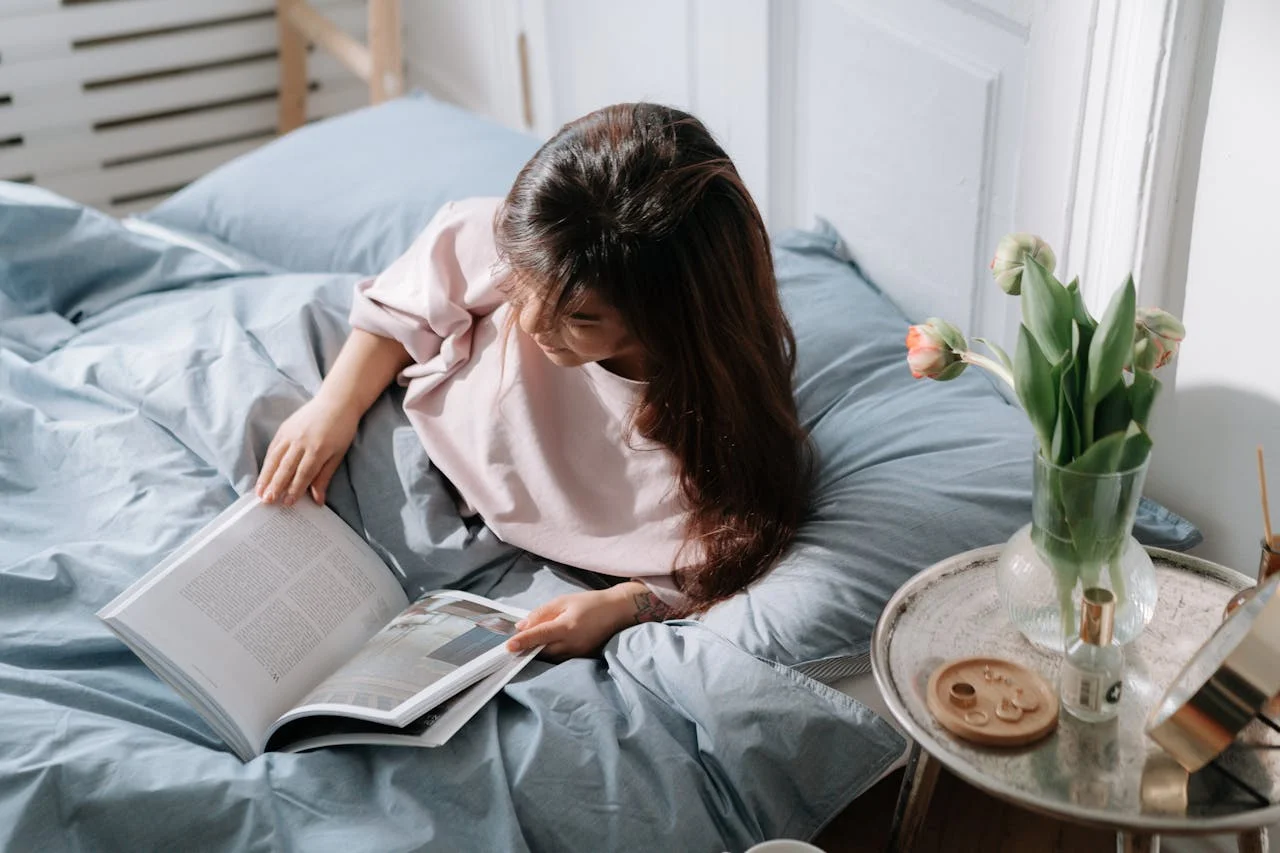
You’re scrolling through your phone again, aren’t you? That familiar restless energy creeping in as notifications ping and your mind races to keep up with the digital chaos. Here’s the thing: slow living hobbies aren’t just trendy Instagram content—they’re scientifically proven antidotes to our hyperconnected burnout. From the meditative rhythm of knitting needles to the patient alchemy of sourdough starter, these twelve pursuits will rewire your brain’s stress response and reconnect you with something deeper.
Gardening and Growing Your Own Food
While you might think gardening requires a green thumb that somehow skipped your genetic lottery—trust me, I’ve killed more houseplants than I care to admit—growing your own food is actually one of the most forgiving and rewarding slow living practices you can embrace. You’re literally taking control of your food source, which means you decide what chemicals touch your vegetables (spoiler: none), when they’re harvested, and how fresh they taste on your plate.
Start small with herbs like basil or mint—they’re nearly indestructible and grow fast enough to give you that instant gratification your brain craves. Research shows that gardening reduces cortisol levels by 68%, meaning you’ll feel measurably calmer after just thirty minutes of digging around in dirt.
Hand Knitting and Crocheting
If you’ve ever watched someone’s hands dance through loops of yarn, creating something beautiful from what looks like controlled chaos, you’ve witnessed the meditative magic of knitting and crocheting—two crafts that transform restless energy into tangible comfort.
These aren’t your grandmother’s dusty hobbies anymore; they’re power moves in the slow living revolution. Studies show repetitive stitching activates the same neural pathways as meditation, lowering cortisol levels by up to 68%.
You’ll master tension control—both in your yarn and your mind—while building something lasting with your own hands. Whether you’re purling through a podcast or single-crocheting during meetings, you’re claiming creative sovereignty over mass-produced mediocrity, one stitch at a time.
Bread Baking From Scratch

Why does the scent of fresh bread trigger such primal satisfaction, making even the most kitchen-phobic among us suddenly crave flour-dusted countertops and the ancient ritual of kneading dough? You’re tapping into something powerful here—the ability to create sustenance from basic ingredients, transforming flour, water, yeast, and salt into golden loaves that’d make your great-grandmother weep with pride.
Bread baking demands patience: watching dough rise, feeling gluten develop under your hands, timing fermentation cycles. You can’t rush sourdough starter—it bubbles on its own schedule, teaching you to work with natural processes rather than against them. Research shows bread-making reduces cortisol levels while building self-efficacy. You’re literally shaping your environment, one perfectly imperfect loaf at a time.
Watercolor Painting
When you first touch brush to paper and watch pigment bloom across wet surfaces in ways you never intended—creating happy accidents that somehow look more beautiful than your original plan—you’re discovering watercolor’s gentle rebellion against perfectionism.
This medium demands you release control, teaching patience through its unpredictable nature. You’ll master wet-on-wet techniques (applying paint to damp paper) and wet-on-dry methods (precise strokes on dry surfaces), building confidence with each stroke. Research shows watercolor painting reduces cortisol levels by 75% within 45 minutes—your stress literally dissolves like pigment in water.
Start with basic supplies: student-grade paints, cold-pressed paper, and natural brushes. You don’t need expensive materials to create something meaningful. Each session becomes meditation, each mistake transforms into opportunity, positioning you as both artist and alchemist of your own creative destiny.
Reading Physical Books

Much like watercolor’s tactile connection between brush and paper awakens your creative senses, the physical act of turning pages reconnects you with reading’s forgotten pleasures—the whisper of paper, the satisfying weight of progress in your hands, the way your bookmark creeps steadily rightward like a tiny flag of accomplishment.
You’re not just being nostalgic here: research shows physical books improve comprehension and retention compared to screens. Your brain processes spatial memory differently when you can feel exactly how far you’ve traveled through a story. Plus, there’s no notification ping disrupting your flow state—though I’ll admit, sometimes my attention span feels shorter than a goldfish’s after years of digital distraction.
Choose books that genuinely excite you, create a dedicated reading nook, and watch how this analog hobby transforms your relationship with information consumption.
Journaling and Creative Writing
While keyboards click efficiently through our daily digital correspondence, there’s something profoundly different about dragging a pen across paper—the friction creates space for thoughts to breathe, to meander, to surprise you with connections your typing fingers might never discover. You’re fundamentally/principally/essentially/fundamentally giving your mind permission to wander without the pressure of immediate performance.
Research from the University of Washington shows handwriting activates different neural pathways than typing, enhancing memory retention and creative processing. Whether you’re morning-paging (Julia Cameron’s stream-of-consciousness technique) or crafting short stories, you’re building what psychologists call “cognitive flexibility”—your brain’s ability to switch between different concepts and perspectives.
Don’t worry about perfect prose; even my first drafts look like caffeinated chickens wrote them. The magic happens in the unfiltered flow between pen and paper.
Pottery and Ceramics
As your hands meet clay for the first time, you’ll discover something magical: this ancient material doesn’t care about your productivity metrics, your unread emails, or that presentation due Monday—it demands you slow down, breathe deeply, and focus entirely on the present moment. There’s real power in centering clay on the wheel, feeling it respond to your touch as you guide its transformation from shapeless lump to purposeful vessel.
Studies show that working with clay activates the same neural pathways as meditation, reducing cortisol levels while boosting creative problem-solving abilities. You’ll find yourself entering “flow state”—that coveted zone where time disappears and stress melts away. Whether you’re hand-building coil pots or throwing bowls, pottery connects you to thousands of years of human craftsmanship while building something tangible, beautiful, and entirely yours.
Bird Watching
Before you dismiss bird watching as something only for retirees with binoculars and khaki vests, consider this: ornithologists have discovered that people who spend just 20 minutes observing birds experience measurable drops in anxiety and significant boosts in attention span—your brain literally rewires itself to notice subtle patterns, colors, and movements you’d normally rush past.
You’re not collecting stamps here; you’re developing the kind of focused observation skills that translate directly into boardroom advantage. When you can spot the difference between a house finch and a purple finch—trust me, it’s trickier than you’d think—you’re training your mind to catch details others miss entirely. Start with common backyard species: cardinals, blue jays, robins. Download Merlin Bird ID, grab cheap binoculars, and watch your pattern-recognition abilities soar alongside your feathered subjects.
Embroidery and Cross-Stitch
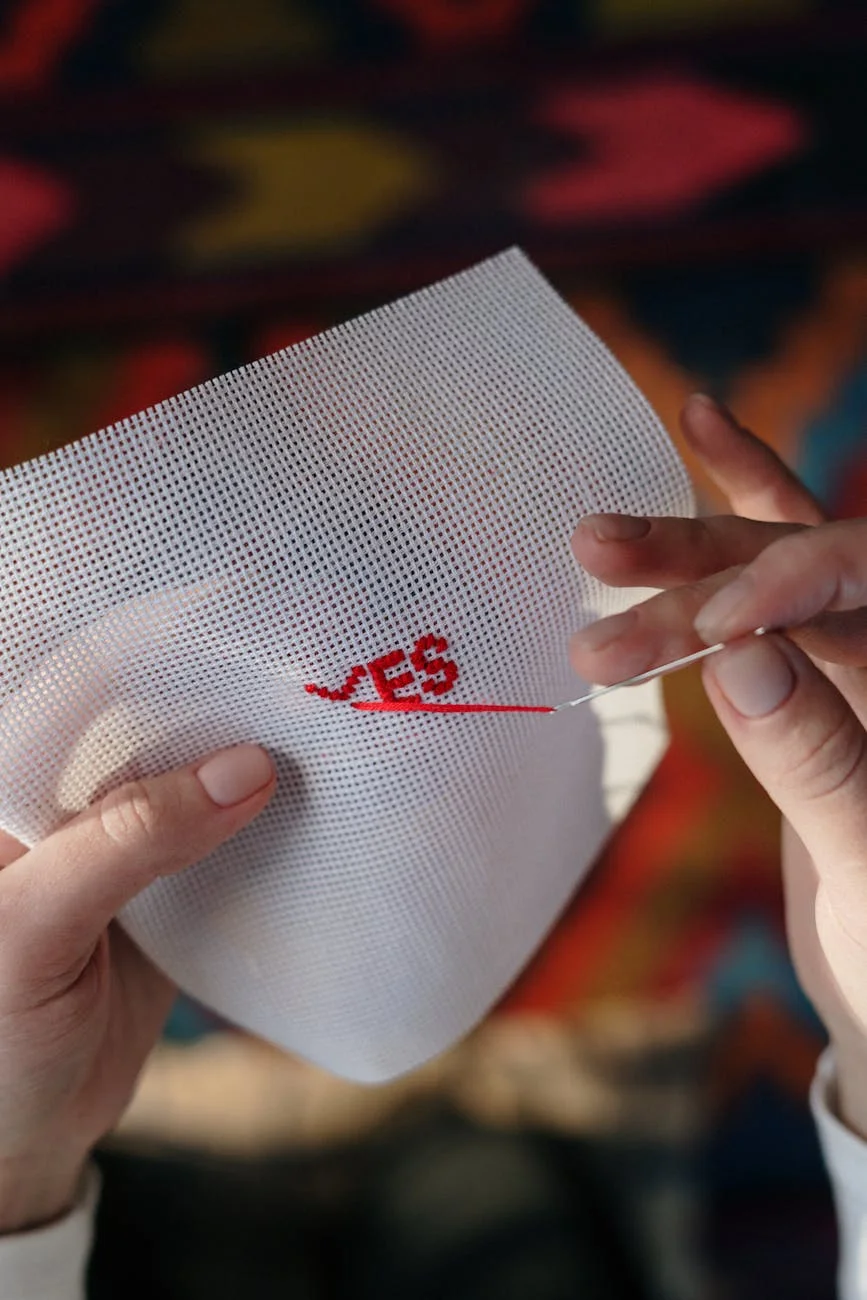
Though embroidery might conjure images of Victorian ladies trapped in parlors with endless doilies, neuroscientists at UCLA found that repetitive stitching activates the same brain regions as meditation—lowering cortisol levels by up to 40% while simultaneously improving fine motor control and spatial reasoning. You’re literally rewiring your brain for focus and precision with every French knot.
Cross-stitch offers structured entry points: counted patterns eliminate guesswork, while embroidery lets you freestyle once you’ve mastered basic stitches like backstitch and satin stitch. Start with pre-stamped fabric—those faint blue lines disappear when washed, giving you training wheels without permanent commitment.
The rhythm becomes addictive: pierce, pull, pierce, pull. Your hands stay busy while your mind processes the day’s complexities, creating tangible progress you can actually frame and hang.
Tea Ceremony and Mindful Tea Drinking
Every culture that discovered tea independently developed ceremonial practices around it—from Japanese chanoyu to Chinese gongfu cha to British afternoon service—because something about hot water meeting leaves demands reverence, slowing us down in ways that grabbing a coffee-to-go simply can’t match.
You don’t need formal training to harness tea’s meditative power. When you approach brewing with intention—measuring leaves, timing steeps, breathing in steam—you’re creating space for mindfulness that naturally builds throughout your day.
- Start with quality loose-leaf tea and proper water temperature (green teas prefer 175°F, blacks handle boiling)
- Practice the “tea meditation”: focus solely on each brewing step without multitasking
- Experiment with traditional brewing methods like gaiwan or kyusu teapots for deeper engagement
- Set aside device-free time for tea sessions
- Join local tea ceremonies or create your own ritual
Nature Photography
While scrolling through your phone might feel like connecting with nature, there’s something profoundly different about stepping outside with a camera—suddenly you’re not just passing through landscapes but truly seeing them, noticing how morning light catches dewdrops on spider webs or how shadows shift across tree bark in ways your hurried daily life never allowed you to appreciate.
Nature photography transforms you into a visual detective, hunting for compositions that most people walk past without a second glance. You’ll develop what photographers call “the eye”—an ability to spot extraordinary moments in ordinary scenes. Research shows this focused attention practice reduces cortisol levels while boosting creative problem-solving skills. Trust me, once you start seeing the world through your viewfinder, you’ll command every outdoor space with newfound awareness and artistic confidence.
Woodworking and Carving

There’s something almost magical about running your hands over a piece of raw lumber and imagining the spoon, cutting board, or decorative bowl hidden inside—woodworking and carving invite you into a centuries-old conversation between human creativity and nature’s grain patterns. You’re not just building objects; you’re developing skills that make you genuinely self-reliant and capable.
The repetitive motions of chiseling, sanding, and shaping create what researchers call “flow state”—that perfect zone where anxiety disappears and focus sharpens. Plus, there’s undeniable satisfaction in creating something functional with your own hands.
Start with simple projects like wooden coasters or basic cutting boards
Invest in quality hand tools rather than expensive power equipment initially
Learn to read wood grain patterns for stronger, more beautiful pieces
Join local woodworking communities for shared workspace access
Practice traditional joinery techniques for furniture-grade strength
Conclusion
You don’t need to master all these hobbies—honestly, I’m still dropping stitches in my knitting projects after years of trying. Pick one that sparks genuine curiosity, whether it’s kneading dough while your mind wanders or watching watercolors bloom unpredictably on paper. These slow practices aren’t just trendy wellness buzzwords; they’re your neural reset button, offering the kind of deep satisfaction that scrolling through apps simply can’t replicate.


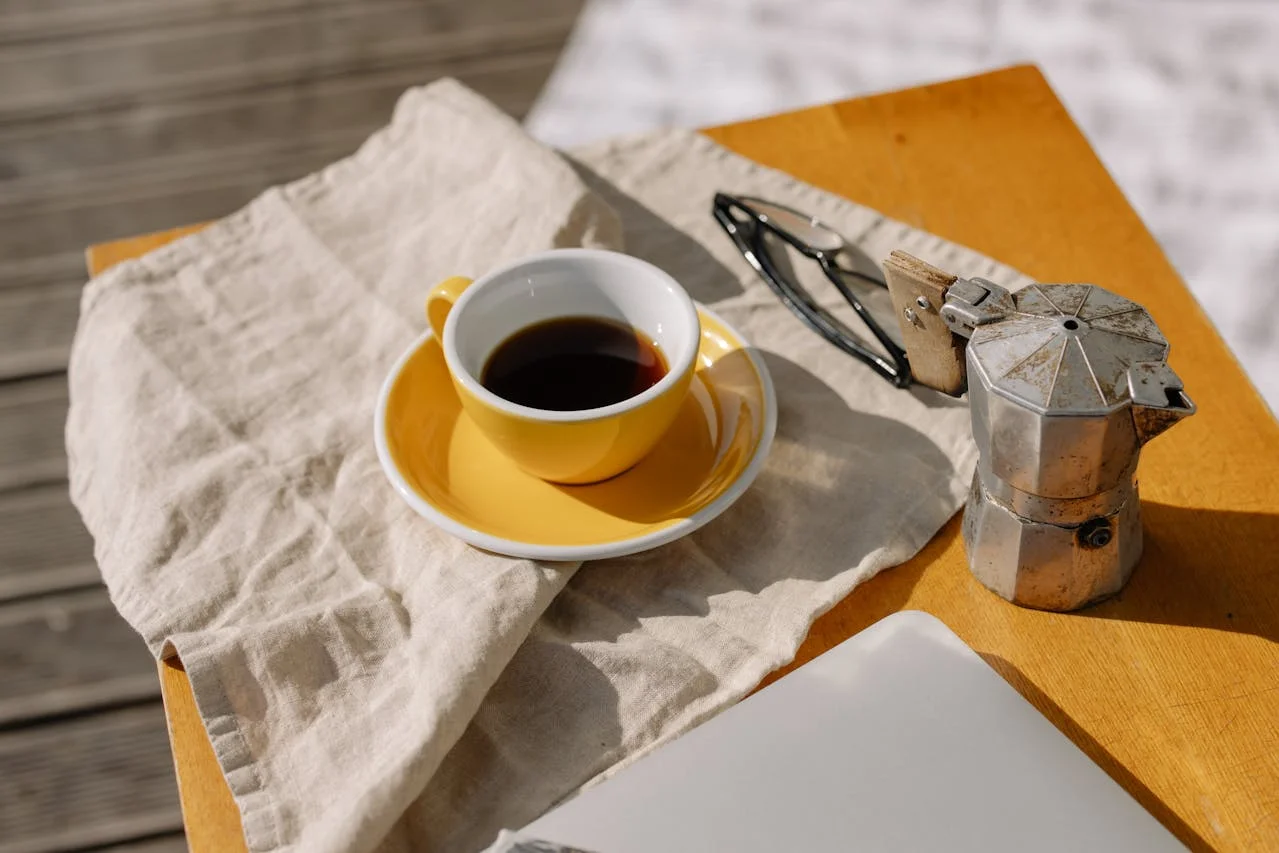
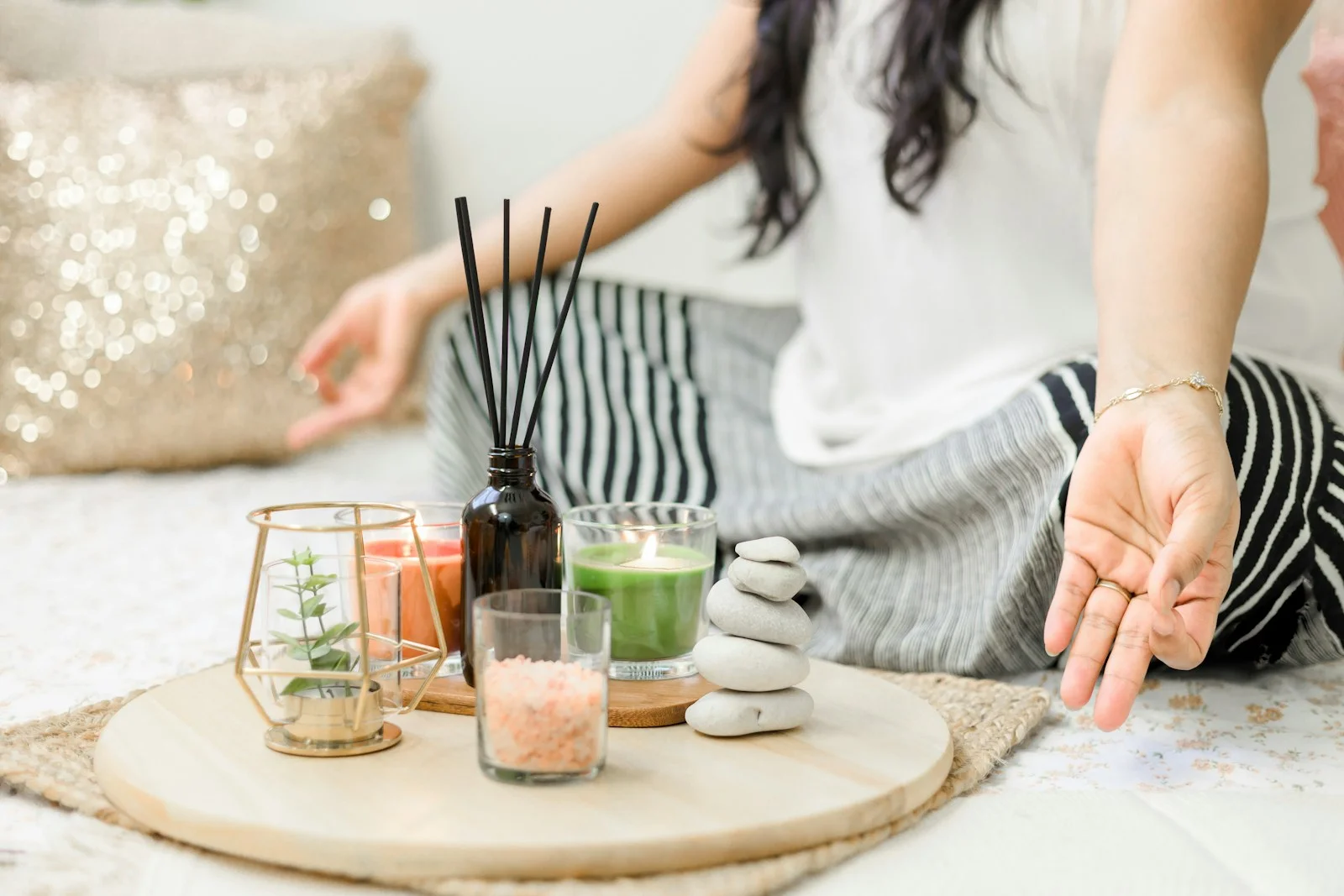
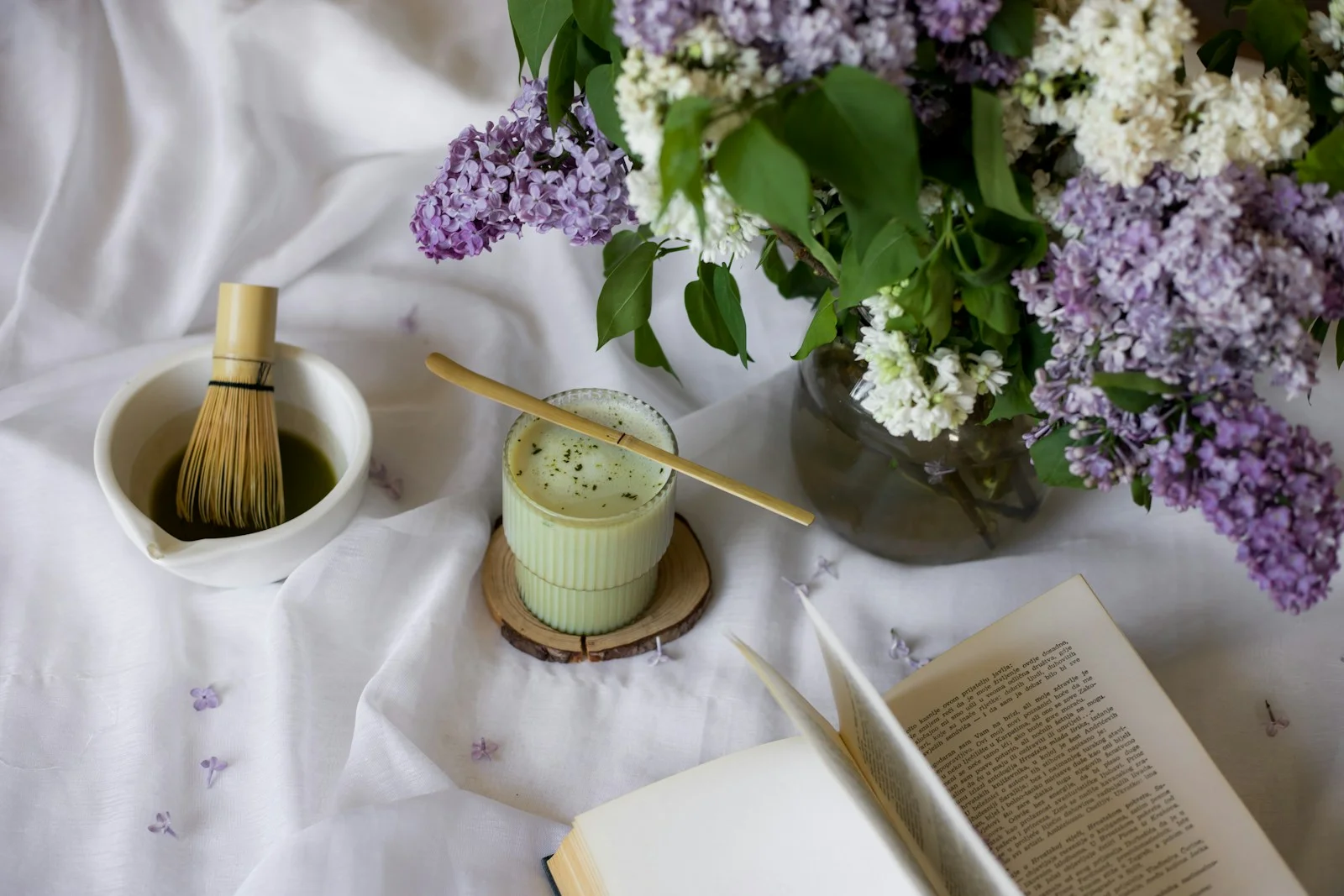
Leave a Reply